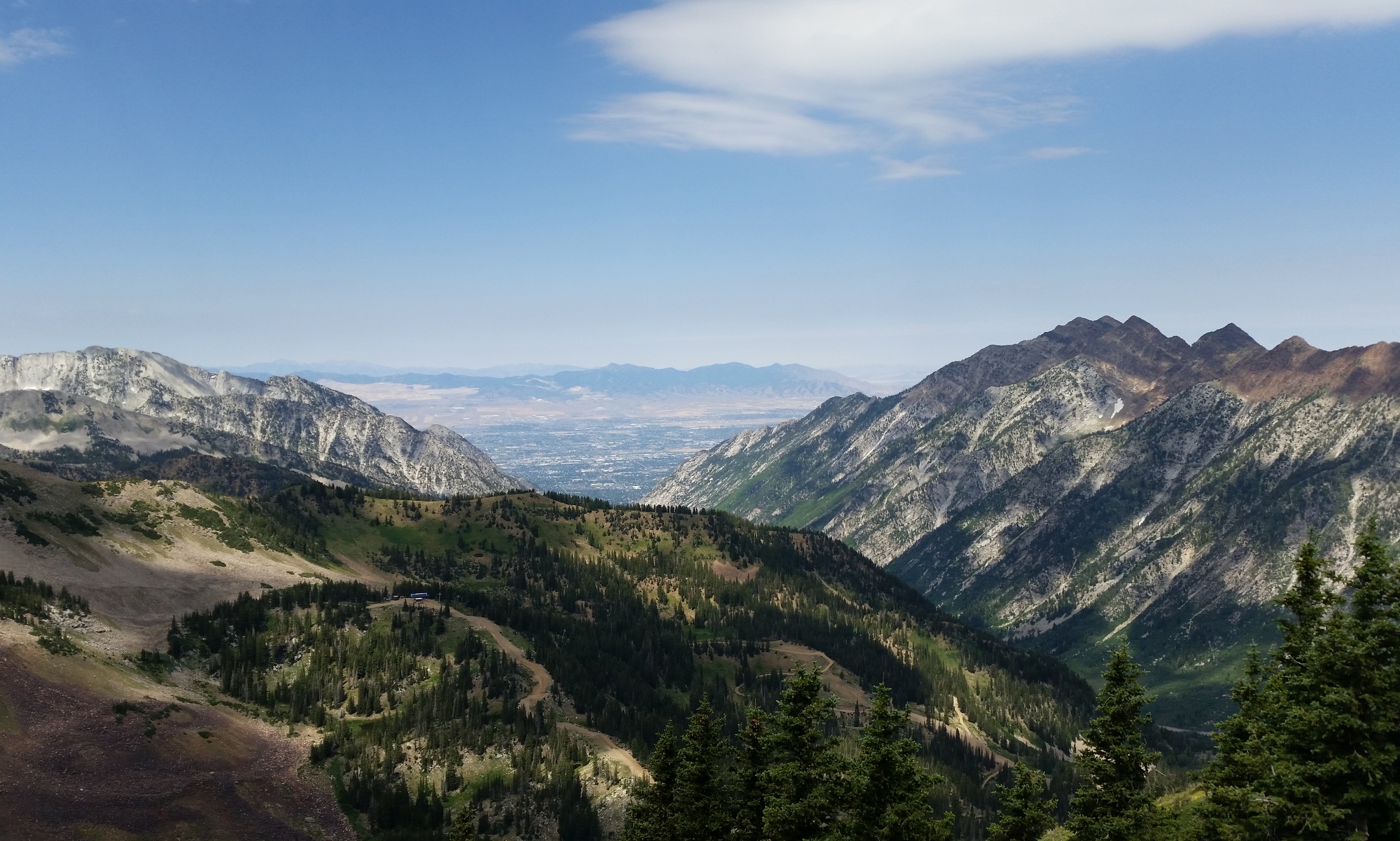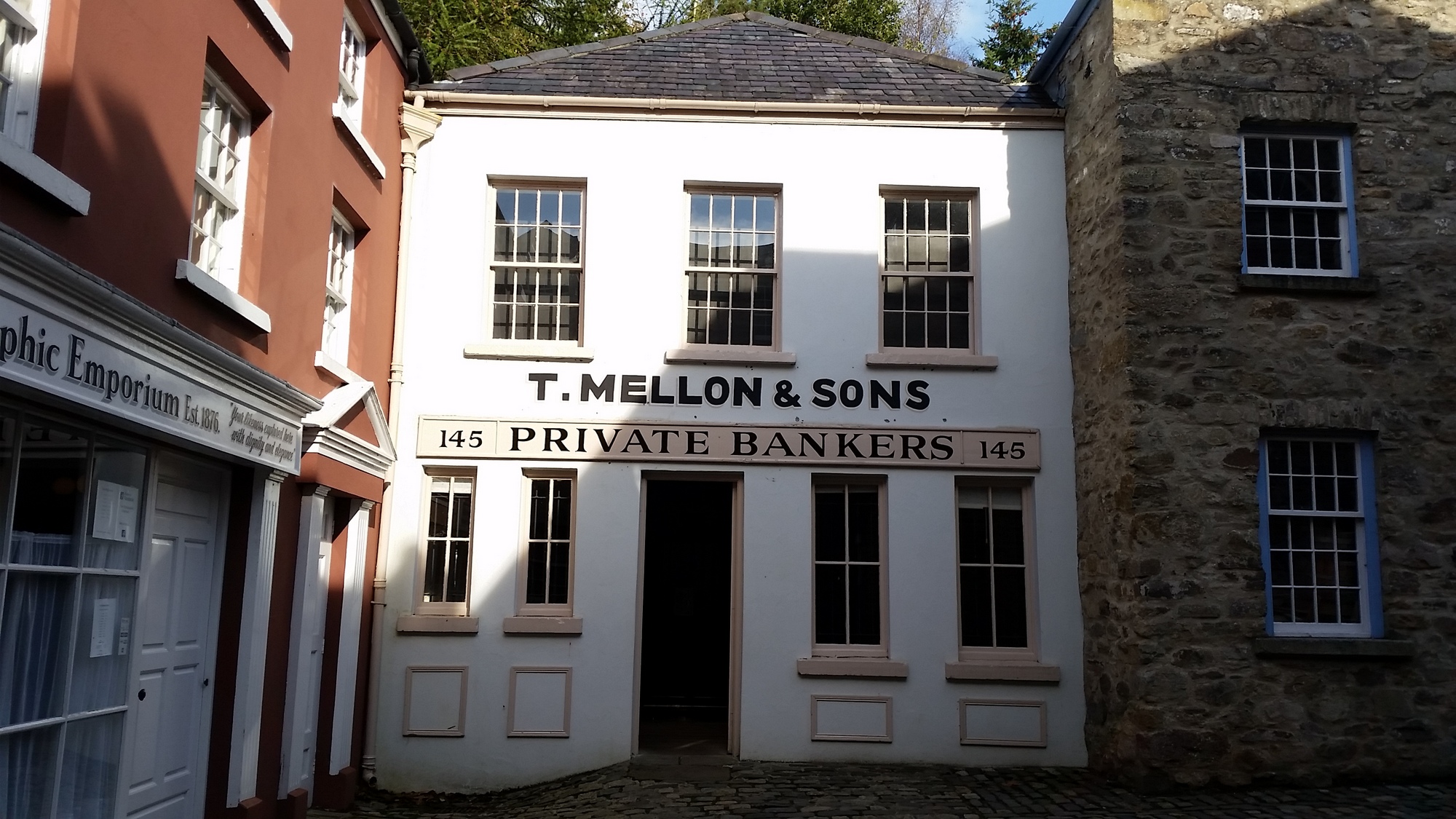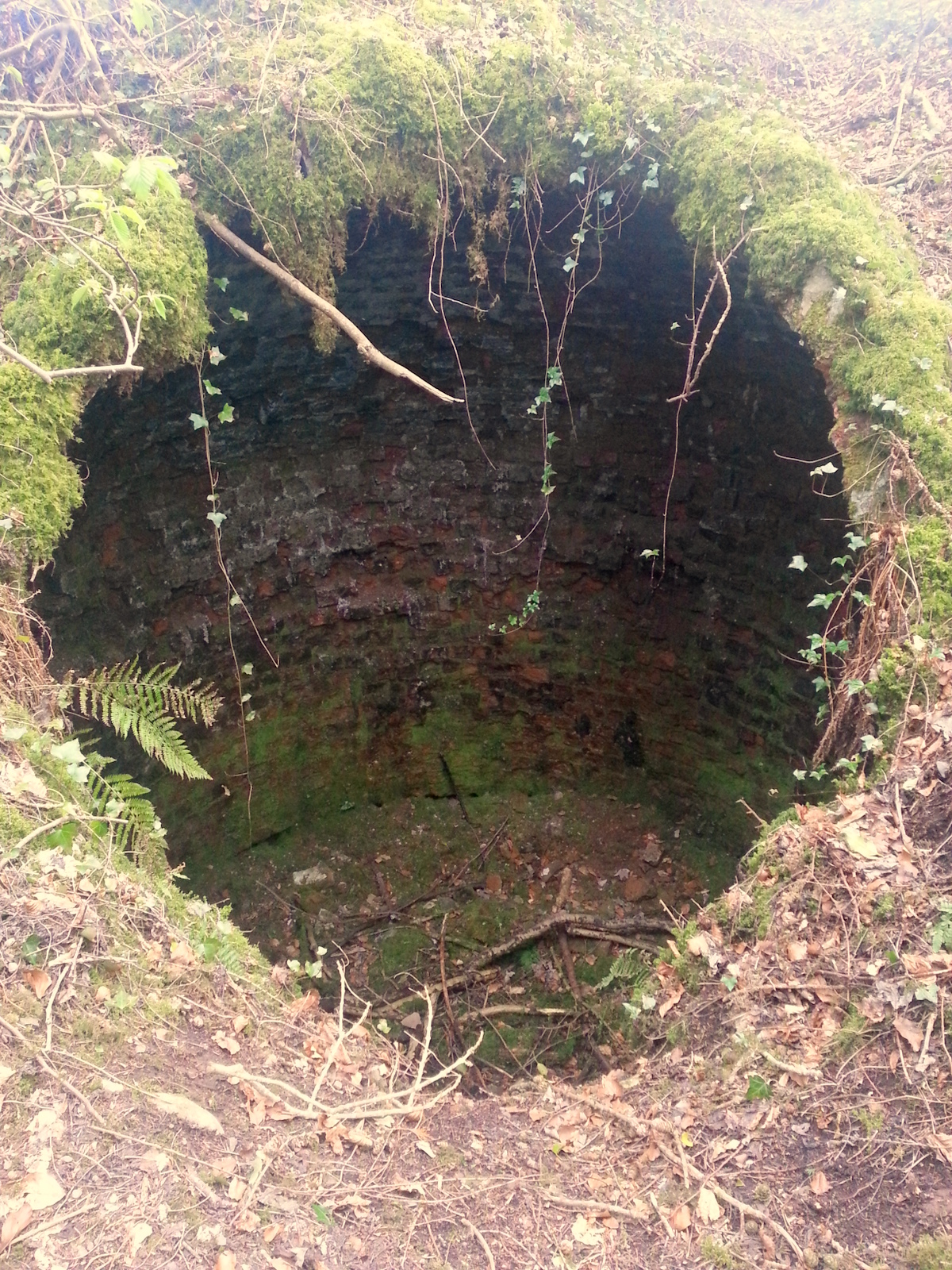Omazing Omagh
Here are 15 reasons why Omagh and it’s nearby towns and villages are Omazing!
1. The world’s largest deposit bank has its roots in Omagh.

The Bank of New York Mellon Corporation or BNY Mellon (with headquarters at 1 Wall Street, New York, NY) has US$1.6 trillion in assets under management and US$27.9 trillion in assets under custody and/or administration thereby being the largest deposit bank in the world. The bank formed as a result of the merger of The Bank of New York and Mellon Financial Corporation. Mellon was founded in 1869 by Thomas Mellon and his sons Andrew W. Mellon and Richard B. Mellon, as T. Mellon & Sons’ Bank. Thomas Mellon was born in 1813 at a farmhouse in Castletown, Omagh and the original family home now forms the centrepiece of the Ulster American Folk Park.


The Mellon family became principal investors and majority owners of Gulf Oil (founded 1901 becoming Chevron-Texaco in 1985), Alcoa (since 1886), The Pittsburgh Tribune-Review (since 1970), Koppers (since 1912), New York Shipbuilding (1899-1968) and Carborundum Corporation, as well as their major financial and ownership influence on Westinghouse, H.J. Heinz, Newsweek, U.S. Steel, Credit Suisse First Boston and General Motors.
The family also founded the National Gallery in both art works and funds, claims one of the longest serving U.S. Treasury Secretaries, and is a patron to the University of Pittsburgh, Carnegie Mellon University, Yale University, the Hôpital Albert Schweitzer in Haiti, and with art the University of Virginia. Carnegie Mellon University, and its Mellon College of Science, is named in honor of the family, as well as for its founder, Andrew Carnegie, who was a close associate of the Mellons.
2. Omagh man survives T-Rex attack
Sam Neill born in Mullaghmore House, Omagh to New Zealand parents played Dr Alan Grant in the original Jurassic Park and Jurassic Park III. Sam Neill also appeared in ‘The Hunt For Red October’ and ‘The Tudors’.

3. If you go down to the woods today…
The lyrics for The Teddy Bears’ Picnic were written by Jimmy Kennedy OBE born on the Brookmount Road in Omagh.
4. The D-Day Landings

Field Marshall Montgomery and General Dwight D. Eisenhower are said to have met in Omagh at Knocknamoe Castle on at least three occasions to plan the D-Day Landings. Legend has it that there was a military conference held there about one week or so before the D-Day Landings took place. When the castle was converted to a hotel in the 1960s two rooms were named ‘Eisenhower’ and ‘Montgomery’ to commemorate the meetings. Knocknamore was a centre of intelligence gathering and the US Army Headquarters for the area. Winston Churchill is also thought to have visited.
References:
1 – BBC Your Place And Mine – GI’s in Omagh
2 – Ulster Herald – From Omaha to Omagh
3 – BBC Your place and mine – American Soldiers in Omagh during WW2
4 – BBC Your place and mine – Fecarry Range
5 – Haunted Tyrone
5. The shortest street
Omagh claims to have the shortest street on the island of Ireland, Michael Street – it can be found along the Brookmount Road – it’s just one house long, number 10.
6. European Song Contest Winner
Linda Martin was born in Omagh and started her career with an Omagh band called ‘Chips’. She went on to win the Eurovision Song Contest in 1992 with the song ‘Why me?’.
7. First Official Usain Bolt Website
Widely regarded as the fastest person ever, Six Olympic Gold Medallist and Eight times World Champion, Usain Bolt had his first official website developed in Omagh by Jason Devine at Blackthorn Design.

8. Father Todd Unctuous
Gerard McSorley is another famous local actor from Omagh who has appeared in Braveheart, Angela’s Ashes, Omagh, The Constant Gardener, War Horse and Father Ted. He is also a descendant of John McSorley, who opened McSorley’s Old Ale House, the oldest operating pub in New York.


9. Radio 1 DJ
Phil Taggart a BBC Radio 1 DJ was also born in Omagh.

10. Philadelphia Here I Come…
Brian Friel was born in the village of Killyclogher, 2 miles west of Omagh. Friel is considered to be one of the greatest living English-language dramatists. He is best known for plays such as Philadelphia, Here I Come! and Dancing at Lughnasa but has written more than thirty plays in a six-decade spanning career. His plays have been a regular feature on Broadway throughout this time.

![Dancing at Lughnasa (1990) brought Friel great acclaim internationally,[1] winning him several Tony Awards, including Best Play, the Laurence Olivier Award for Best Play and the New York Drama Critics Circle Award for Best Play. It was also turned into a film in 1998, starring Meryl Streep.](http://dbell.me.uk/wp-content/uploads/2014/12/DancingLughnasa.jpg)
11. Benedict Kiely
Benedict Kiely, renowned novelist, short story writer and broadcaster spent his formative years in Omagh at St.Patrick’s Terrace after moving from the nearby village of Dromore (9 miles south west of Omagh) where he was born.

Not far from Omagh…
12. Our Willie
Willie Anderson was born in Sixmilecross (10 miles South East of Omagh). He made his international rugby debut for Ireland on the 10th November 1984. Between 1984-1990, Willie had a total of 27 Caps and scored 4 Test points & 1 Try.

Here’s an amusing snippet courtesy of Wikipedia:
In one of the most memorable moments in sporting history, Anderson along with his French Rugby counterpart Jean Condom, unwittingly became the subject of a very amusing banner spotted by TV cameras in the crowd during a 5 Nations rugby match at Landsdowne Road in Irelands championship campaign of 1985. The banner proudly read ‘Our Willies bigger than your Condom!’ Incidentally the match ended 15-15.
13. St. Patrick’s Cathedral, New York
John Joseph Hughes was born near Aughnacloy, County Tyrone – about 19 miles south of Omagh. John emigrated to America in 1817 where he eventually became the first Catholic Archbishop of New York. He laid the cornerstone of the famous Saint Patrick’s Cathedral located on Fifth Avenue in Manhattan. The Rose Window in the Sacred Heart Church, Omagh is a memorial to John Hughes and was provided by parishioners who had emigrated to New York.

14. Declaration of Independence
John Dunlap from Strabane, County Tyrone (about 20 miles north of Omagh) was the printer of the first copies of the Declaration of Independence (called the Dunlap Broadsides) and one of the most successful American printers of his era.



15. President Ulysses S. Grant
Ulysses Simpson Grant was the 18th President of the United States from 1869-77. Grant’s great-grandfather, John Simpson, was born between Ballygawley and Aughnacloy in 1738 – approximately 20 miles south of Omagh. Grant was the Commander of the victorious Union troops in the American Civil War. U.S. Grant served two terms as U.S. President. Grant’s Restaurant in Omagh is named after the Presidential connection.


Change
Without change, there would be no butterflies.
Polymorph Plastic Example Uses
I recently ordered some Polymorph Plastic on eBay from this seller and have been really impressed with how it works. It’s a thermoplastic that comes in tiny pellets and when you place them in hot water they melt and are mouldable by hand – what’s great is that it’s reusable over and over again – simply drop it back in hot water and it melts again and can be reshaped. It can also be coloured using special powder you work into the plastic when it’s in the molten state.
Here’s some examples of what I’ve done with it:







Seskinore Forest – a hidden treasure?

Every Saturday I try and do some physical exercise either cycling around Omagh or going for a walk – last Saturday was no exception and I had spotted on the WalkNI website that Seskinore Forest had a choice of routes at 2.8, 3.6 or 4.8 miles so myself and a friend decided to investigate as I had never been there before.
At just over 6 miles from Omagh (over a mile closer than Gortin Glen Forest Park) it didn’t take long to get there and the forest was well sign posted off the B83 Seskinore Road. The entrance takes you along a tree lined avenue to a parking area where parking is free (a saving of £3.50 on the Gortin Glen parking charge!). There was ample space to park when we went as we were the only people there on a beautiful Saturday afternoon!
We got out of the car and proceeded towards the courtyard buildings only to find that there was no signposts or information board. The WalkNI webpage on the forest provided no map (see update below) nor did the Forest Service page on nidirect, a web search yielded nothing either and the poor mobile signal meant that a satellite image from Google Maps was out of the question, we were going to have to explore the forest Christopher Columbus style!

We headed towards a wooded area and started walking and within ten minutes had arrived at an old gate onto the public road (one of many we would find on our exploration!), we spotted a trail to the right and followed it around to the Chapel of Ease which then took us back to the courtyard again within perhaps a further 15 minutes. We decided to walk towards the main entrance to see if there were any other options in that direction but we reached the main road. There was a gate opposite that looked like it was a possible continuation of the forest but signs posted about a ‘Pheasant shoot’ did not encourage us to proceed further so we turned and headed back to the car park.
Rabbits were in abundance and we spotted a number of rabbit burrows throughout the forest. It was at this point we noticed another trail leading off from the car park, we followed it and turned left onto a forest road after ten minutes this lead us to another dead end – gate posts with a gate missing replaced with some wooden fencing. We turned back and on the way back towards the car park noted another trail off to the left. It was quite mucky but we navigated it successfully and it lead to a narrower stretch of woodland with some interesting man-made features:


We continued onwards and came to a deep trench with a few inches of water in it, a log had been placed across it but it certainly wasn’t a safe way to cross although my friend tried it regardless. There was a dry section that I used to cross which appeared to have been used many times before. We then came across a small fenced off square section with the following warning sign:

We proceeded onwards and eventually came across another small road that led to another gate, we crossed the road and spotted a trail that continued round to a small fenced off area with a small sign inside it which turned out to be the McClintock family memorial garden. On further research we found that the forest and courtyard buildings are all that remain of the McClintock Estate. It was handed over to the Ministry of Agriculture in 1941.

The sign also had a historical map which enlightened us as to our location in relation to the rest of the estate:

Having seen the map we went back to the courtyard area to investigate where the original house would have stood, we found an area of grass where we assume it stood and noted that opposite this location across a further expanse of grass was the following structure:

Unfortunately right next to this unusual structure there was a lot of unsightly black plastic that had been partially grown over. We had also spotted some earlier on our exploration – what was inside we did not investigate however it did take away from the natural surroundings.

On our route back to the car we circled the courtyard to try and get some better views of the area blocked off from the public and we came across another walled area that at one time must have been a deer enclosure – however we could see no sign of any animal life there when we visited.

All in all it was a couple of hours well spent however much of the forest/estate feels run down with boarded up windows, the rusty gates, missing gates and black plastic to name but a few issues. The lack of information signs, maps or pointers to highlight some of the interesting features seemed a shame and seemed to disrespect what must have been at one time quite a grand working estate. Only that we had the determination to explore as much as we did we would never have found half of the things we saw. It seems like it wouldn’t have taken much effort to give the place a spring clean and a small investment in an information board and a few pointers would have made it much easier for the visitor to fully appreciate the forest and estate. With a few small improvements this could be a great hidden gem in the Tyrone countryside.
In the end though we are still not sure where the walking routes listed on the WalkNI website actually are – did they include the ‘pheasant shoot’ land? Was it on the main roads surrounding the forest? I really don’t know but I would say we walked about 2.5 miles, had explored most of the area outlined on the historical map, had taken most of the trails we could see and double backed a few times in the process as well! In short I don’t know – if anyone has any more local knowledge please feel free to share by leaving a comment below!
Update #1
WalkNI have responded to my comment on the walk web page. They have said that they provide maps and route descriptions for all ‘Quality Walks’ in NI but that Seskinore has not been deemed a ‘Quality Walk’ as there is very little management or maintenance of the walking routes provided by Forest Service NI. They mentioned that Forest Service NI’s primary focus is on timber production and the forest parks but that they may be willing to work in partnership with another body who would be interested in taking on the management and maintenance of the routes such as Omagh District Council and have suggested contacting the leisure department to make this suggestion. They have also pointed out that current legislation states that members of the public are free to access all Forest Service NI land on foot and have provided me with a map of the forest boundaries. It is clear from looking at the map that we covered only around one third of the forest and should have walked into the ‘Pheasant Shoot’ land to explore the rest of the forest.



